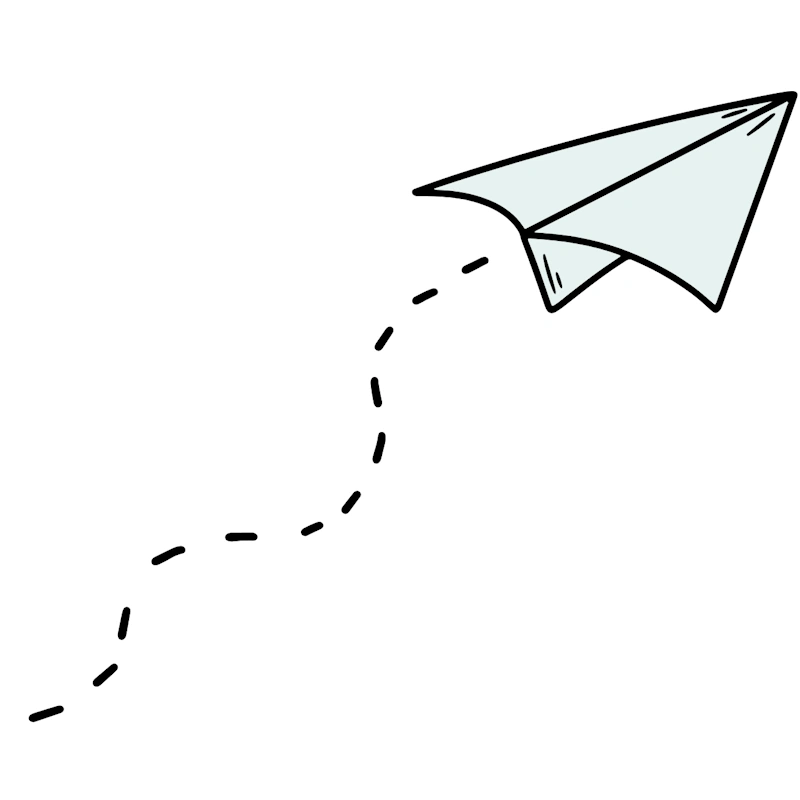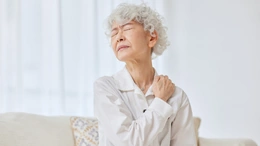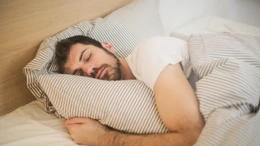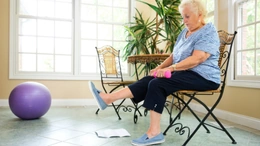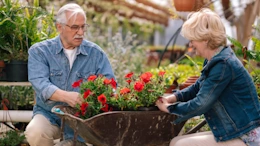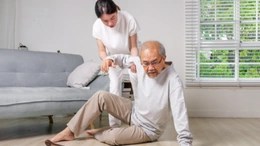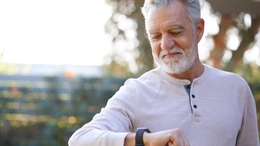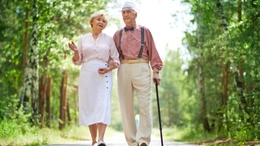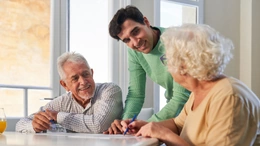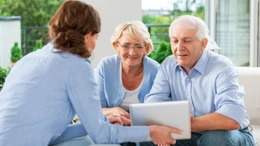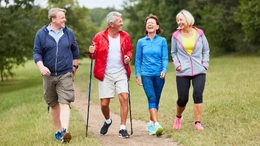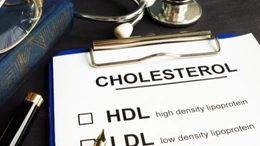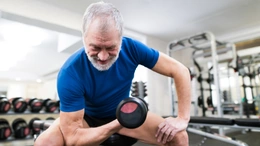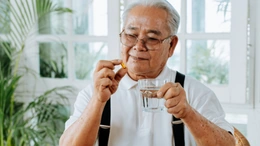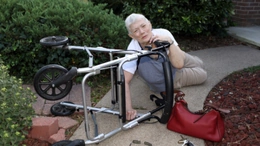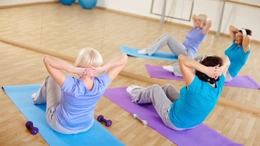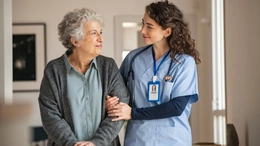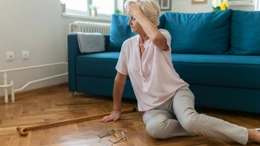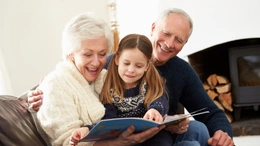The Importance Of Senior Safety In Everyday Routines
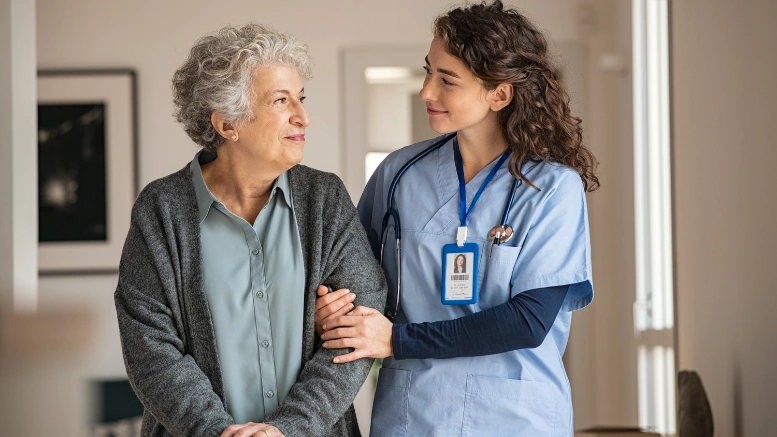
Aging can turn the simplest day-to-day activities into a risk. These can include anything, for example, walking in the house or cooking meals. It is not only the accident that we want to avoid when we are dealing with the safety of the elderly.
The primary matter is that their independence is protected, and thus, they are in a position to have a good quality life. Besides, it gives the relatives of the seniors and seniors themselves that much-sought peace of mind.
This is a deep-dive piece that discusses the reasons behind safety being a crucial aspect of old people's lives. It also examines the most common risks faced in everyday life as well as the practical safety tips for various daily activities.
Why Safety For Seniors Matters In Their Everyday Routines?
Let us learn in detail why senior safety matters in everyday routines:
Preventing Falls And Serious Injuries
Falls are the single largest cause of injury-related hospitalizations in older adults. The Centers for Disease Control and Prevention state that one out of four Americans over the age of 65 falls each year. This results in millions of emergency room situations.
A lot of health complications occur due to these hospitalizations. These are hip fractures and traumatic brain injuries, as well as prolonged immobility.
The latter causes further issues of pneumonia or blood clots in seniors. Falls usually happen in predictable locations like bathrooms, staircases, and dimly lit hallways.
For better fall prevention, it's important to keep your muscles strong and you body flexible. We've created an article about why core exercises for seniors are crucial for fall prevention and posture to help you better understand how your body works when aging.
Avoiding Medication Errors
The average senior person takes 4-5 prescription medications every day. Some may be managing complex regimens that involve multiple doses at different times. Polypharmacy remarkably increases the risk of dangerous mistakes.
This means missed doses, accidental overdoses, or harmful drug interactions. Medication errors are another leading cause of hospitalization in seniors. Proper medication management systems are important for maintaining treatment efficacy while preventing adverse events.
Promoting Mental And Emotional Well-being
Safety concerns have a great impact on a senior's psychological health. The fear of falling or becoming unable to perform basic tasks leads to self-imposed activity restrictions.
They may even withdraw socially or feel depressed. Seniors who experience falls frequently can develop a "post-fall syndrome".
This is the fear of movements that induce physical decline. A well-secured environment with mobility aids and emergency alert systems along with fall prevention measures can help seniors feel confident again. They may even begin to engage in meaningful activities again.
Promoting mental well-being doesn't always have to be boring. We've collected a few memory games that can help you delay cognitive decline and keep you entartained at all times.
Reducing Hospitalizations And Healthcare Costs
Preventive safety measures for seniors represent a great cost-saving advantage from an economic perspective. Fall-related injuries in seniors already account for billions in medical costs annually.
Medication errors also result in billions more in preventable hospitalizations. Investments in home modifications and assistive devices often pay for themselves. They do so by avoiding costly emergency interventions while allowing seniors to age in place longer.
Safety Tips For Daily Activities
Creating a safe daily routine for seniors means thoughtful planning and adaptation to their changing needs. Here are some strategies to minimize risks throughout the day:
Morning Routines: Starting The Day Safely
Mornings present a unique set of challenges to seniors. You can start with bathroom safety by installing non-slip mats with suction cups.
Having a shower chair for back support and setting the water heater to 120°F maximum go a long way. Ensure that toiletries are also within easy reach so seniors do not have to over-reach.
When it comes to dressing, choosing clothing with Velcro or magnetic closures instead of small buttons makes mornings easier. Seniors also should sit on the edge of the bed or on a stable chair while dressing.
Meal Preparation And Eating
The kitchen is also home to potential hazards. Only use appliances with automatic shut-off features and keep a fire extinguisher within easy reach for additional safety.You can also minimize use by using pre-cut or pre-chopped ingredients.
Seniors find the use of weighted/ non-slip dishes and large-handled utensils very beneficial. Divided plates help seniors with visual impairments to eat food without mixing. Maintaining proper posture during meals aids digestion to a great degree.
To help you avoid overeating and unhealthy choices, we've put together an article featuring healthy, easy spring salad ideas for every meal packed with fiber, flavor, and essential vitamins.
Nighttime Safety
Evening hours require special attention since fatigue increases during this time. Your bedroom setup requires a lamp/ flashlight within easy reach of the bed.
Some seniors may even benefit from a bedside commode so as to avoid nighttime bathroom trips. Your bed needs to be a low-profile one so it is easier to get in and out of.
Reduce liquid intake 2-3 hours before bedtime. Always have a charged phone or emergency alert device nearby before going to sleep. Motion-activated night lights in the pathway can make movement at night more convenient.
Tools And Technologies That Promote Safety In Seniors
Lastly, let us explore some tools and technologies that promote safety amongst elderly people.
Medical Alert Systems And Wearables
Emergency response systems have sophisticated features now. They use fall detection technology with advanced accelerometers that know the difference between falls and normal movements.
Some systems automatically alert responders without a button press. The waterproof models allow 24/7 protection for seniors, even in showers.
Their GPS location tracking features make them a reliable wearable. They have cellular connectivity and work everywhere.
Geofencing alerts caregivers when a senior leaves a designated area and integrates with smartphone apps for family monitoring. Some models even monitor health parameters like heartbeats along with two-way communication.
Smart Home Devices For Seniors
Home automation has multiple benefits. We now have voice-activated assistance where virtual assistants can help control lights or even remind seniors about medications. Some home assistants have video calling abilities for seniors to stay connected with family.
Automated environmental controls in-home assistants include smart thermostats and water leak detectors.
These can prevent extreme environments in the house as well as alert to potential flooding hazards. Stove shut-off devices are also of great help to seniors since they prevent cooking fires.
You can also install carbon monoxide alarm, that can help you recognize CO leak in your home on the early stages.
Medication Management Solutions
Advanced medical management solutions are now available to address the complexities of senior medication regimens. Automated dispensing systems have locked compartments that only open at scheduled times. Audible and visual alerts are given to seniors for their dose.
Mobile apps are also available for medication management. These can scan prescription labels to create digital medication profiles and their interaction checkers flag potential drug conflicts. Additional refill reminders provide convenience to seniors.
To help your manage your medications better, we've reviewed multiple pill dispensers for seniors. You can easily reffer to these reviewes to make an informed decision which brand and model to choose.
Conclusion
Prioritizing senior safety means using a multilayered approach. It should address the physical and cognitive, as well as the emotional needs of the person.
Understanding the unique risks seniors face in their daily routines can help you implement targeted solutions. These significantly reduce hazards while helping maintain their dignity and independence.


